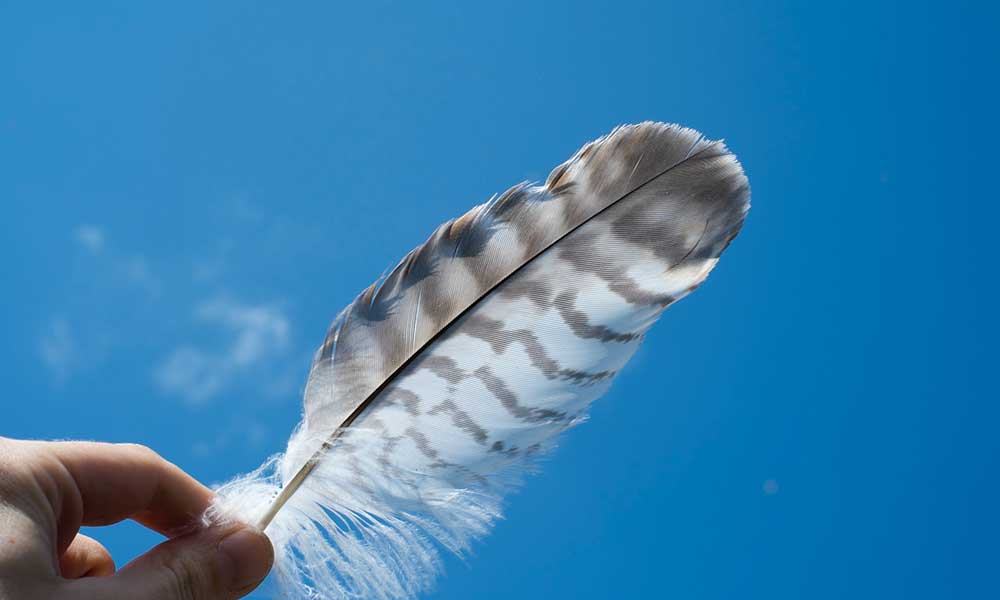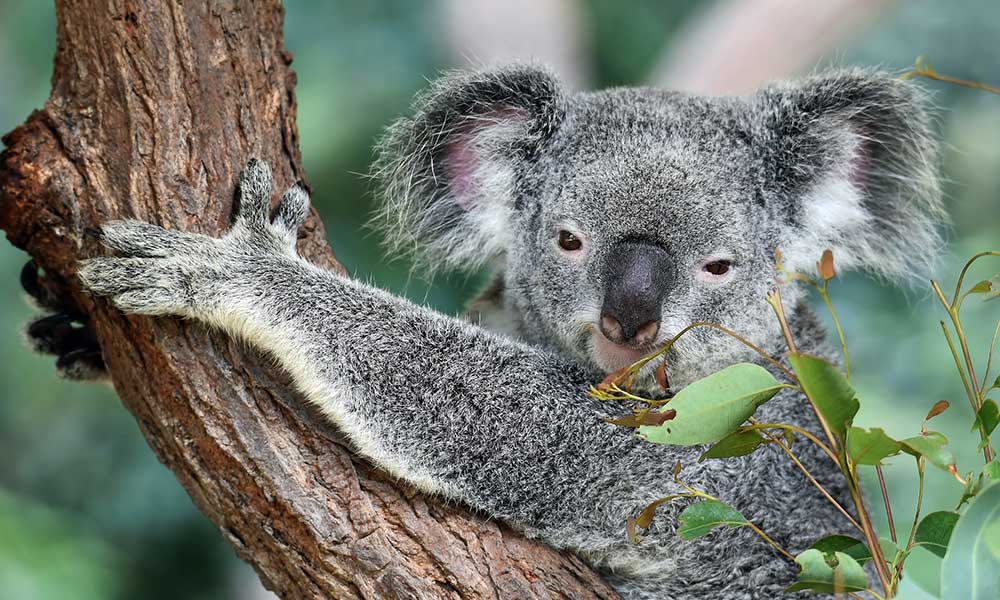A regal, powerful, and elusive animal, elks have manifested different meanings throughout centuries and across cultures in various religious, spiritual, and socio-political spaces. What then is the spiritual meaning of an elk?
While symbolizing various things across different cultures, elks typically symbolize strength, leadership, patriarchal control, and protection of others, while the inherent animalistic symbolism of elks may indicate the need to have the courage to trust one’s journey toward completing goals.
As a result of the various meanings attributed to elks from Western, Middle Eastern, Eastern, and indigenous communities across socio-political, spiritual, and religious spaces will be discussed in detail to decipher holistic meanings.
What Does An Elk Symbolize?
Elks symbolize various things across different cultures throughout the centuries; these will be individually explored to illustrate the cross-pollination of meaning attributed to elks, as highlighted above.
Native American Elk Symbolism
For many Native American communities, deer and elk symbolism is interchangeable but no less significant to the other for indigenous peoples.
Sometimes referred to as wapiti by certain communities, elks are seen as teachers of the various ways of life, including but not limited to lessons about one’s family, culture, values, connection with nature, etc.
Stags are often depicted as protectors of the environment and its inhabitants, while female elk were closely linked to spiritual guidance and fertility.
While nearly all Native American communities place great significance on the sighting and meaning behind elk, the Lakota people would be seen to hold elk in particular reverence as a symbol of strength and familial values.
Elk stags were admired for their ability to attract mates with grace and confidence; as such Lakota men were known to play a courting flute that imitated a bugling elk to attract women.
Further to this physical imitation and spiritual reverence paid to elks by the Lakota people was the use of elk antlers as love charms, the depiction of elks on clothing, and the gifting of elk teeth to young men to provide them with long life, strength, confidence, and sexual prowess.
Consequently, elks were symbolized mostly as patriarchal figures that focused on the spiritual and physical protection of others and exhibited typical masculine characteristics of sexual potency and familial duties.
The continued respect paid to elks has crossed over into contemporary American culture, with the Rocky Mountain elk being the state animal of Utah, which in turn adorns Utah’s state flag, with this symbolism further extending to the state of Michigan.
Biblical Elk Symbolism
In biblical texts, the depiction of elks or large stags would have been subdued in light of the smaller deer which inhabit the Middle East.
In light of this fragility, elks would not have been understood as protectors but rather as representations of piety, devotion, and God’s continued protection (not unlike the biblical symbolism commonly given to animals such as lambs or sheep).
The adoption of Christianity in areas where elks are present, such as in the British Isles and Scandinavian countries, led to the adoption of more masculine traits and the common use of stags as symbols of power and royalty, rather than piety.
This cross-pollination of Christian traditions, values, and texts engaging with Celtic and Nordic symbolism is outlined in greater detail below.
Celtic Elk Symbolism
Celtic society as a warrior society often held animals in high standing that exhibited a degree of resilience, tenacity, grit, and ferocity. Elk or stags were seen to fit the mold of masculinity, strength, and dominance.
Consequently, elks came to closely symbolize warfare, often depicted on clothing, banners, or as war paint; furthermore, elk bones were highly prized for making tools and weaponry.
This hyper-masculine characterization of elk extended to familial spaces, whereby the Celtic god Cernunnos, as the god of fertility, abandoned traditional female traits typically associated with fertility deities in favor of dominant masculine traits such as strength and assertion, as illustrated by his close association with stags.
In adopting pagan practices into Christianity, Celtic symbolism bled into medieval depictions of elk as a Christ-like figure that actively slays demonic symbols (usually through the imagery of stags trampling snakes, lizards, dragons, etc.)
Nordic Elk Symbolism
Similar to Celtic society, Nordic society was centered on traditional patriarchal structures, displays of strength, warfare. Consequently, the large, powerful elk that inhabited their tundra environments became symbols of hyper-masculinity.
Consequently, Norse mythology honoured elks to the highest level of masculine spiritual reverence via Eikþyrnir, a large stag that was sent to stand on the top of Valhalla.
Such a strong masculine depiction of an elk as regal, spiritually superior, and with strong ties to the hunt and the cyclical nature of life and death would have added to the shifting of elk symbolism in Christianity as mentioned above.
What Does A Elk’s Animal Symbolism Mean?
Over and above third-party observations and interpretations of elks lie their inherent animalistic symbolism in the form of spirit animals and totem animals.
Elk Spirit Animal Meaning
Those with an elk as a spirit animal are generally since as strong, independent individuals that also understand the importance of group support and the company of others.
Due to elks’ close affiliation with leadership, royalty, and patriarchal symbolism, some cultures believe that those with an elk as a spirit animal have a direct connection to leaders in their past or have the capacity of leadership going forward.
Despite enjoying company and understanding the importance of teamwork, those with elks as a spirit animal respect that they need time alone after group projects for reflection on lessons learned and how to better lead people going forward.
Elk Totem Animal Meaning
Those that encounter an elk totem should be aware that they have likely reached a point of certainty and richness in their life; it’s generally a sign that your goals and ambitions will come to fruition with consistent and steady work.
Alternatively, it may be a sign to pace yourself and have courage and trust in the process rather than looking to rush toward your goals; this may require quelling negative competition and energy, be it external or internal.
Conclusion
While it is difficult to paint a holistic picture of the spiritual meanings behind elks, looking at a cross-section of cultures and experiences suggests an entity that symbolizes courage, strength, leadership, and strong familial relations.







